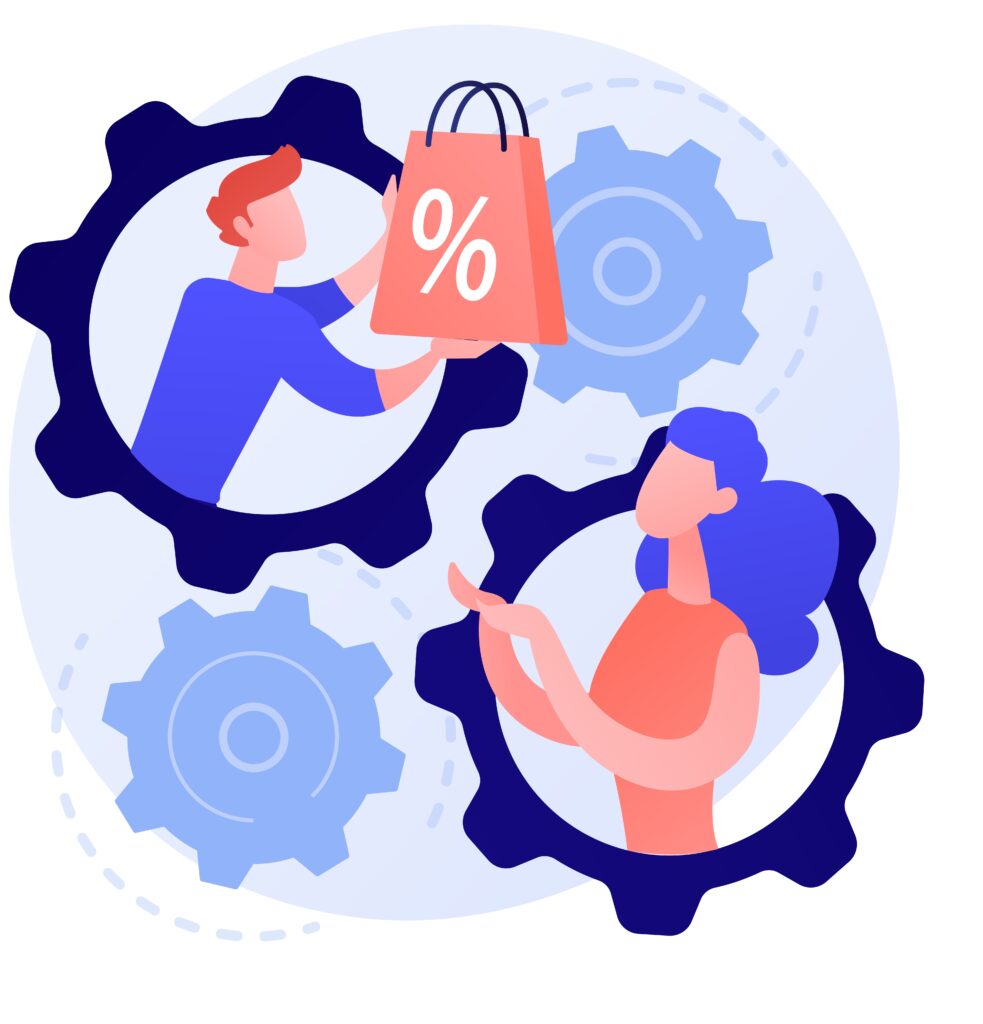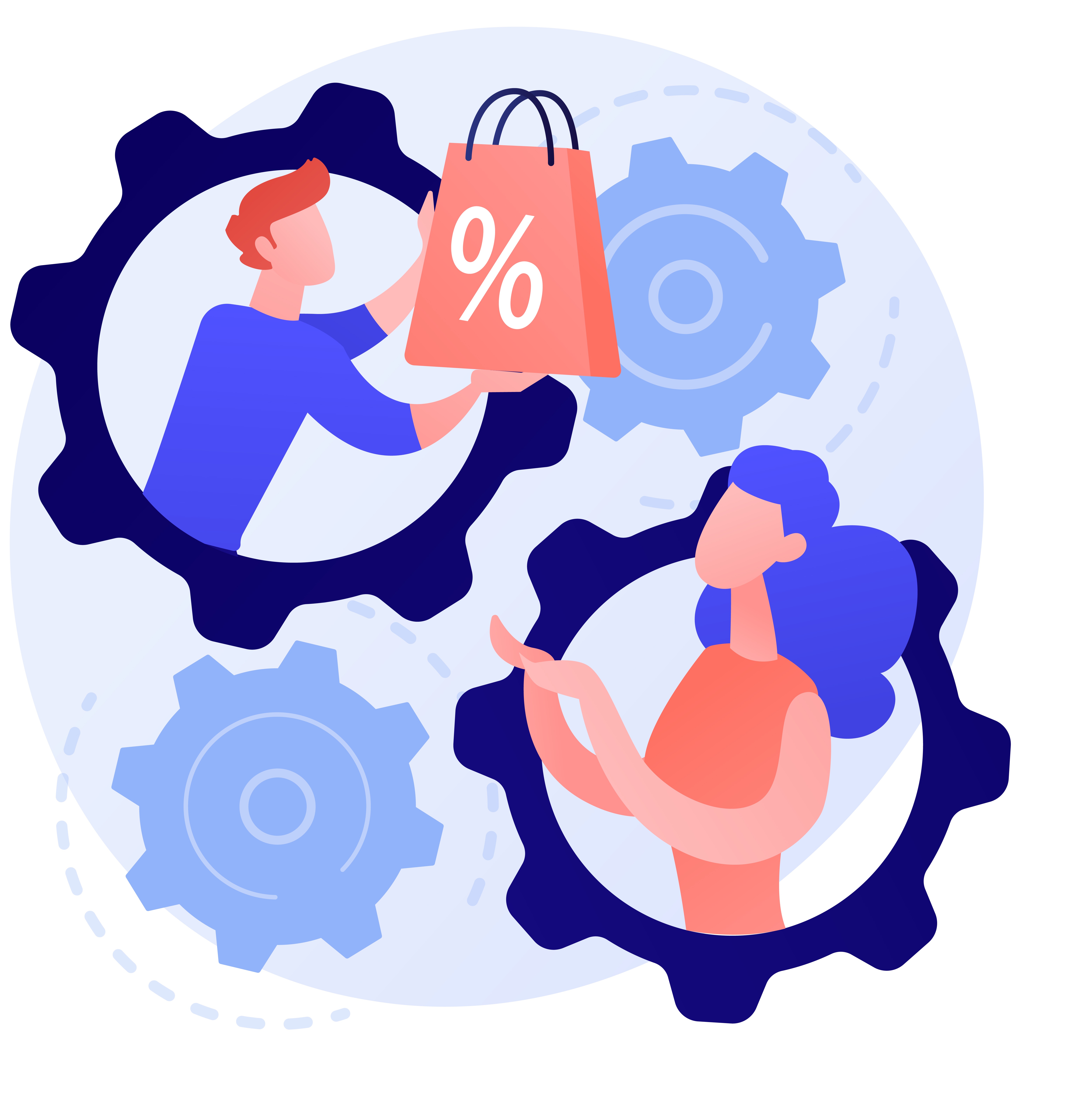The fashion industry has always been characterized by trends that come and go, leaving brands grappling with the challenge of predicting consumer demands accurately. One innovative approach that has been gaining traction in recent years is demand-driven pricing. Rather than setting fixed prices for their products, brands using this strategy adjust prices based on customer demand and market conditions. One fashion brand that has boldly embraced demand-driven pricing is Telfar, a New York-based label renowned for its inclusive and unisex designs. In this article, we will explore the concept of demand-driven pricing and delve into Telfar’s pioneering efforts in this realm to assess whether this strategy truly works.

What is Demand-Driven Pricing?
Demand-driven pricing, also known as dynamic pricing or surge pricing, is a pricing strategy where the cost of a product or service is determined based on real-time market demand and other influencing factors. Unlike traditional static pricing, which involves setting fixed prices for an extended period, demand-driven pricing allows brands to adjust prices rapidly, enabling them to maximize profits and cater to varying consumer preferences.
How Demand-Driven Pricing Works
Demand-driven pricing relies on data analytics and advanced algorithms to analyze factors such as customer behavior, competitor pricing, inventory levels, and external market conditions. By leveraging this data, brands can identify optimal pricing points for their products or services at any given time.
For instance, when demand for a specific item is high, the price may increase to capitalize on consumer willingness to pay more. Conversely, during periods of low demand or excess inventory, prices may be lowered to entice customers and prevent overstocking.
The Advantages of Demand-Driven Pricing
Maximized Revenue: The primary advantage of demand-driven pricing is the potential for higher revenue generation. By adjusting prices in real-time based on demand, brands can charge higher prices during peak periods and take advantage of consumers’ willingness to pay more.
Reduced Inventory Costs: Implementing demand-driven pricing helps brands avoid overstocking and markdowns by adapting prices to sell products before they become obsolete. This leads to reduced inventory holding costs and increased profitability.
Enhanced Customer Loyalty: Dynamic pricing allows brands to respond to customers’ preferences and purchasing behavior, fostering a sense of personalized service that can lead to greater customer loyalty and satisfaction.
Competitive Edge: Brands employing demand-driven pricing can stay competitive by rapidly adapting to market changes and offering better prices than competitors, which can attract more customers.
Challenges and Criticisms of Demand-Driven Pricing
While demand-driven pricing offers several advantages, it is not without its challenges and criticisms:
Price Perception: Frequent price changes can lead to customer confusion and, in some cases, a negative perception of the brand. Consumers may feel manipulated or cheated if they discover that others paid significantly less for the same item.
Algorithm Complexity: The success of demand-driven pricing heavily relies on sophisticated algorithms and accurate data analysis. Brands must invest in robust technology and data infrastructure to implement this strategy effectively.
Customer Backlash: In extreme cases, demand-driven pricing can result in customer backlash if perceived as unfair or exploitative. Brands must be transparent in their pricing strategies to maintain trust with their customers.
Telfar and Demand-Driven Pricing
Telfar Clemens, the visionary behind the eponymous brand, has been a trailblazer in embracing demand-driven pricing. The label’s iconic “Shopping Bag,” known for its minimalist design and inclusivity, has garnered a dedicated fan base. Telfar’s unique approach to pricing has set the brand apart from its competitors and has been dubbed as the “Bag Security Program.”
Under this program, customers have the opportunity to pre-order a Telfar bag at a specific date and price. However, the final price of the bag is determined by the number of pre-orders received. If more people pre-order the bag, the price decreases, and vice versa. This innovative model ensures that the brand produces the right quantity of bags based on demand, avoiding overstocking issues while allowing customers to benefit from lower prices when demand is high.
Does Demand-Driven Pricing Work for Telfar?
Telfar’s implementation of this has been met with a mix of enthusiasm and skepticism. On the one hand, the brand’s innovative approach to pricing has generated significant buzz and garnered a cult following, elevating the brand’s profile and contributing to its success. By using scarcity and exclusivity as key marketing drivers, Telfar has created an aura of anticipation around its products.
However, the strategy also faces challenges. Critics argue that the unpredictability of prices might alienate some customers who prefer transparency and consistency in pricing. Additionally, potential customers may hesitate to participate in the pre-order process, unsure of what the final price will be.
Despite these concerns, Telfar’s pricing model has managed to resonate with a younger, digitally-savvy audience that embraces change and values uniqueness. The brand’s successful collaborations with major retailers and influencers have further boosted its popularity, leading to frequent sell-outs and creating a sense of urgency among shoppers.
Conclusion
It has emerged as a bold and innovative strategy for brands to navigate the unpredictable fashion industry successfully. Telfar’s “Bag Security Program” serves as a compelling example of how demand-driven pricing can be applied creatively to engage consumers and drive sales. While the strategy is not without its challenges, it offers brands the opportunity to maximize revenue, reduce inventory costs, and foster customer loyalty.
As the fashion industry continues to evolve, demand-driven pricing may become an essential tool for brands seeking to differentiate themselves, connect with consumers on a deeper level, and adapt to rapidly changing market conditions. Telfar’s commitment to pushing boundaries and experimenting with novel pricing models exemplifies the spirit of innovation necessary for the industry’s continued growth and relevance.
In conclusion, demand-driven pricing does indeed work, but its effectiveness depends on a brand’s ability to strike a delicate balance between price optimization, customer satisfaction, and brand perception. Telfar’s ongoing success demonstrates that demand-driven pricing has the potential to revolutionize the way fashion brands approach pricing and consumer engagement. As technology and data analytics continue to advance, it will be fascinating to witness how other brands embrace and adapt this dynamic pricing strategy to stay ahead in the ever-evolving fashion landscape.
Related Articles:
1. AT TELFAR, CUSTOMERS SET THE PRICE – Mission Mag
2. Telfar New Pricing Model Lets Customer Demand Drive Cost
3. Luxury Brand Telfar Lets Consumer Demand Set Its Prices




